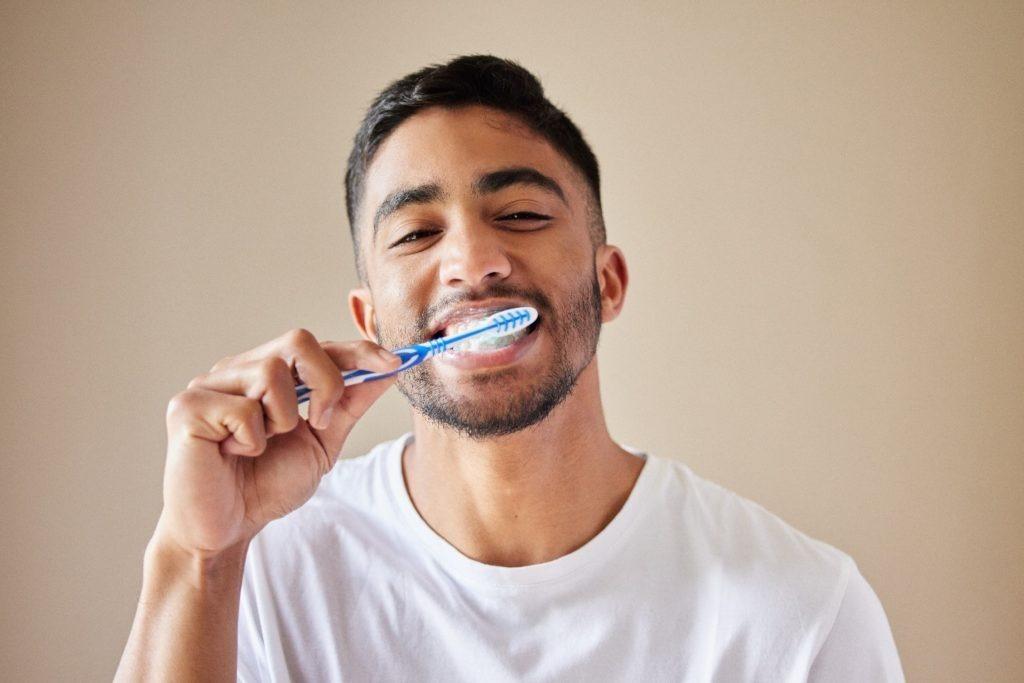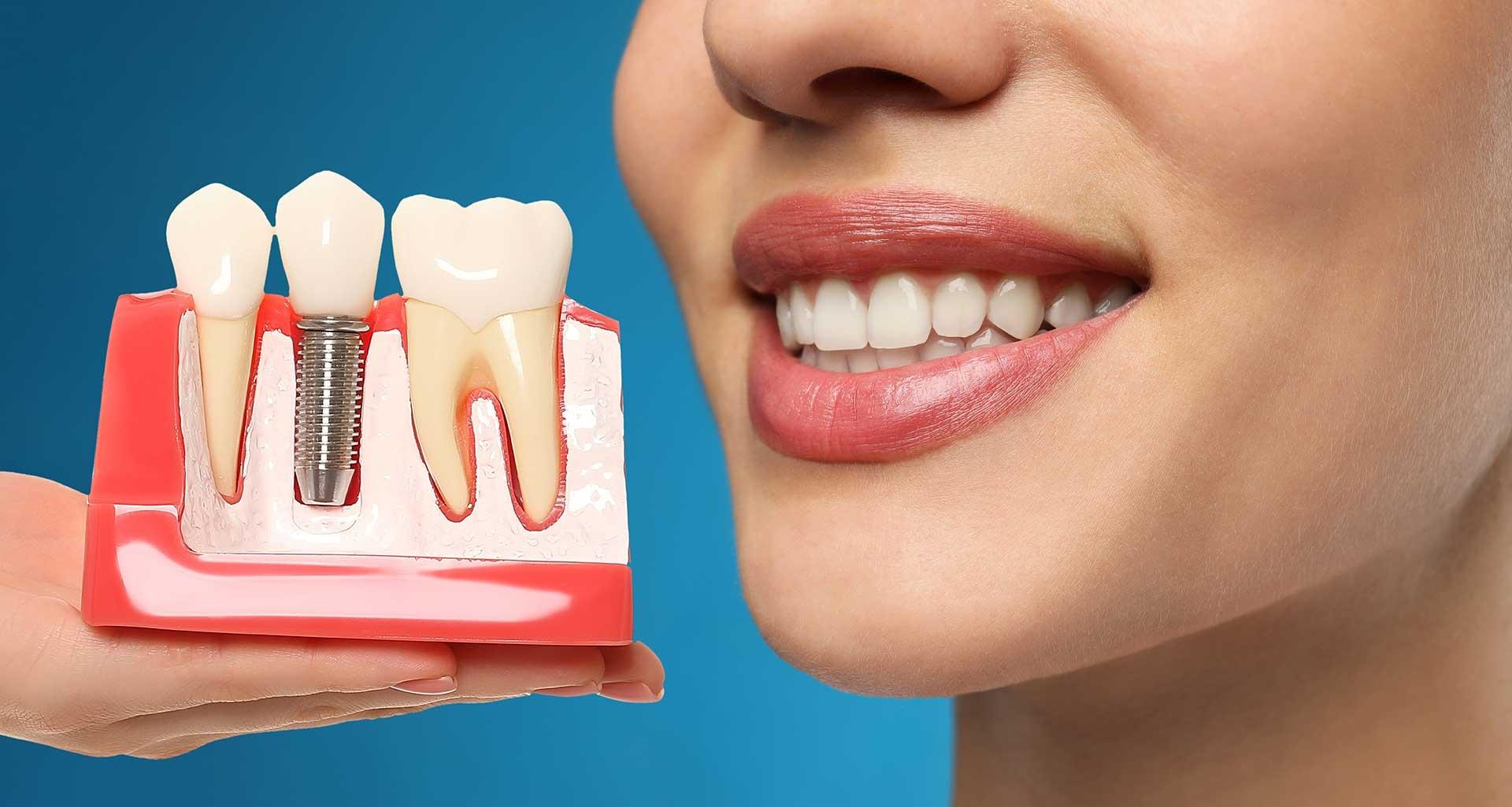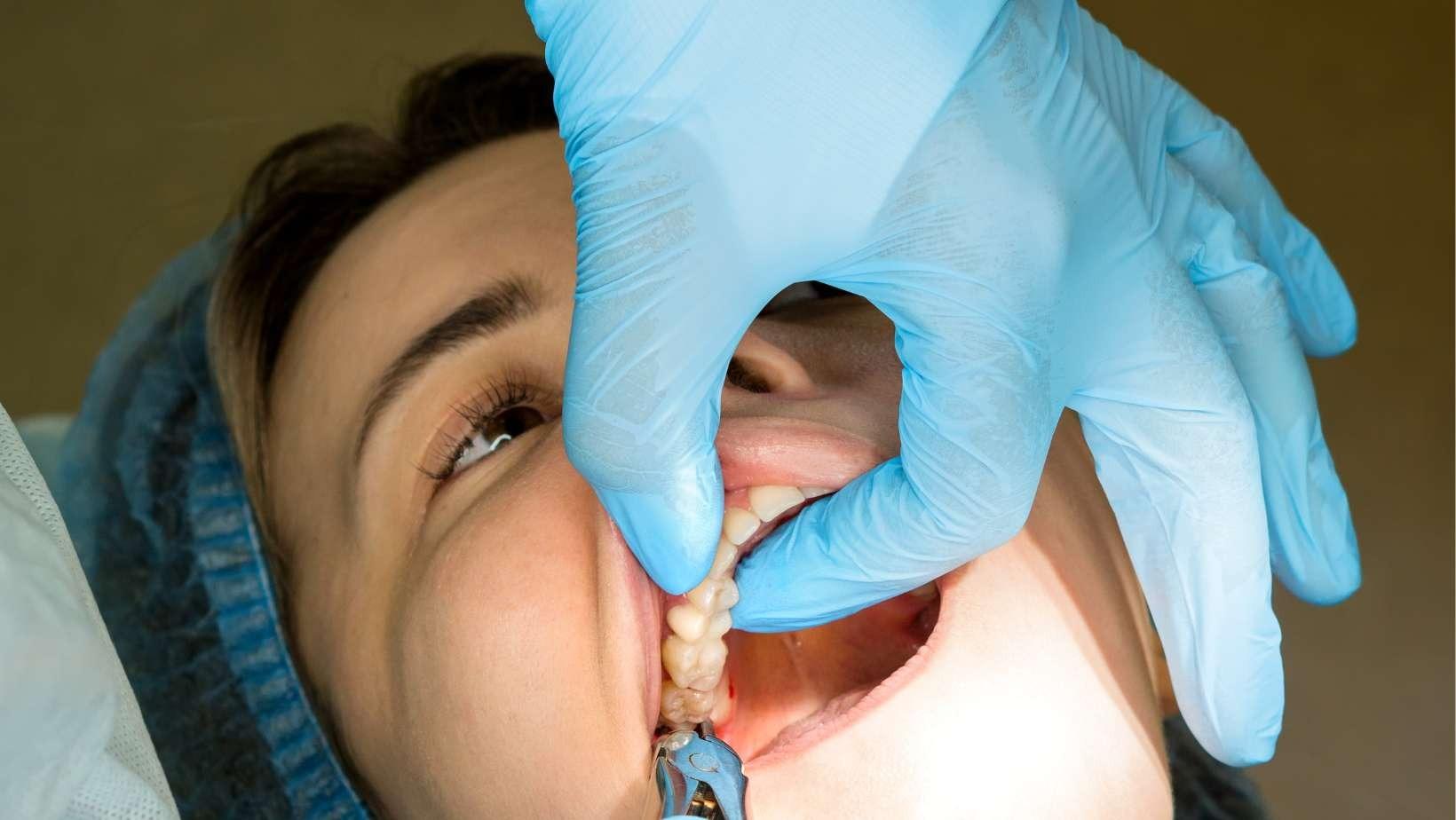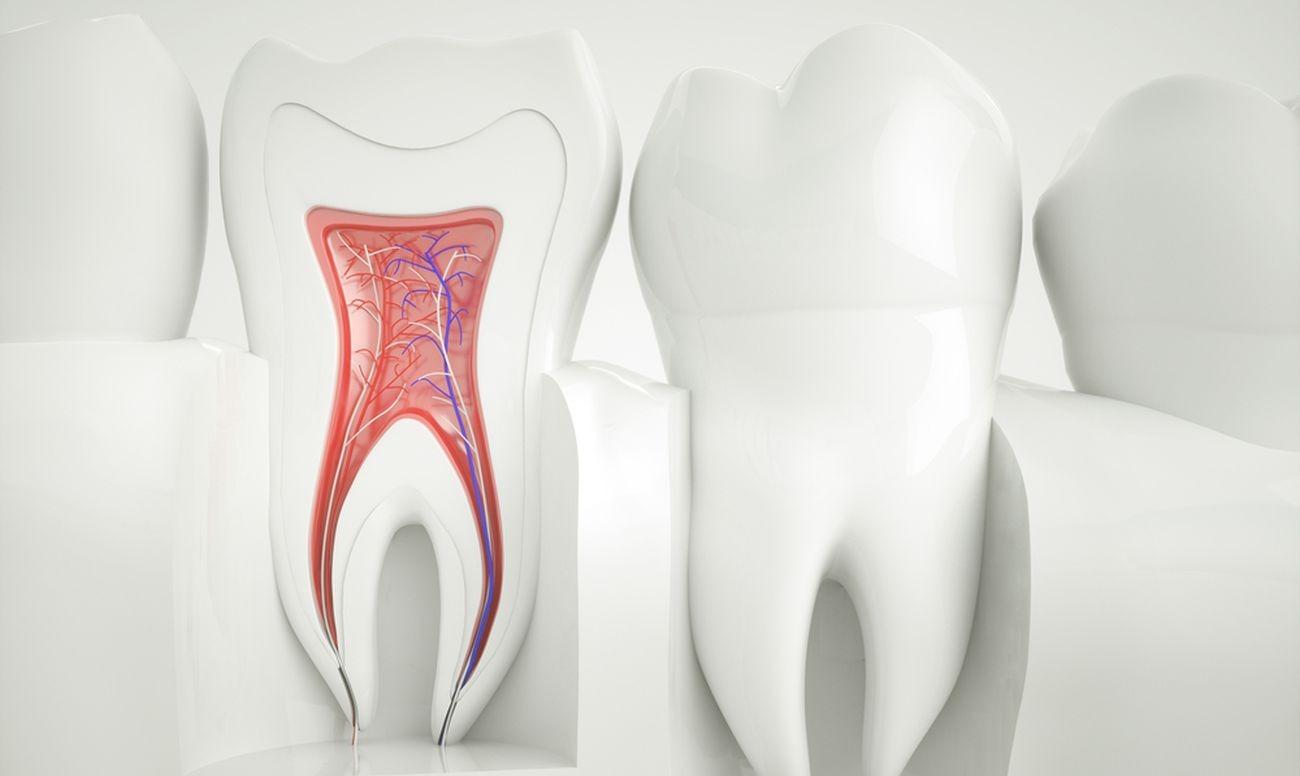Did you know that most people brush their teeth incorrectly? Even with regular brushing, improper technique can lead to cavities, gum disease, and persistent bad breath. The good news is that proper brushing is a simple step that can make a huge difference for your oral health.
In this article, we’ll guide you through everything you need to know: the right brushing technique, how long and how often to brush, the best tools to use, and common mistakes to avoid. By the end, you’ll have the knowledge to keep your smile healthy and bright.
Why Proper Brushing Technique Matters
Brushing your teeth correctly isn’t just a routine it’s essential for your oral health. Proper brushing helps prevent tooth decay, gum disease, and plaque buildup, keeping your teeth strong and gums healthy. It also supports fresher breath and boosts overall oral hygiene.
Using the right technique ensures that fluoride toothpaste can work effectively, strengthening your enamel and protecting your teeth from cavities. In short, a few minutes of proper brushing can make a big difference for your smile.
Choosing the Right Toothbrush and Toothpaste
Selecting the right tools is key to effective brushing. A soft-bristled toothbrush is recommended, as it cleans teeth thoroughly without damaging enamel or irritating gums. Be sure to replace your toothbrush every 3–4 months or sooner if the bristles become frayed.
When it comes to toothpaste, fluoride is your best friend. Fluoride toothpaste strengthens enamel and helps prevent cavities, making it an essential part of daily oral care. For those considering an upgrade, electric toothbrushes can offer extra cleaning power and consistency compared to manual brushes, though both can be effective when used correctly.

Step-by-Step Brushing Technique
Step 1: Position the Brush Correctly
Hold your toothbrush at a 45° angle toward the gum line. This helps remove plaque at the gum-tooth junction, where decay often starts.
Step 2: Use Gentle, Short Strokes
Move the brush in small circular or gentle back-and-forth motions. Avoid harsh scrubbing, which can damage enamel and irritate gums.
Step 3: Cover All Surfaces
Brush every part of your mouth: outer surfaces, inner surfaces, chewing surfaces, and don’t forget your tongue, which can harbor bacteria and cause bad breath.
Step 4: Brush for Two Minutes
Take your time two minutes is the recommended duration. Use a timer or an electric toothbrush with a built-in timer to ensure thorough cleaning.
How Often to Brush
For optimal oral health, brush your teeth at least twice a day once in the morning and once before bedtime. This routine helps remove plaque and food particles that accumulate throughout the day.
If possible, brushing after meals is beneficial. However, if you can’t brush immediately, rinsing your mouth with water can help reduce acids and food debris until you’re able to brush properly.
Common Brushing Mistakes to Avoid
Even with the best intentions, many people make mistakes that reduce the effectiveness of brushing or even harm their teeth and gums. Here are the most common pitfalls to watch out for:
Brushing too hard
Many think scrubbing harder cleans better, but it actually wears down enamel and irritates gums, causing sensitivity and even gum recession. Use gentle, controlled strokes and let the bristles do the work.
Skipping inner or back teeth
Plaque tends to accumulate in hard-to-reach areas, especially the back molars. Make it a habit to brush every surface of your teeth, including behind the molars and along the gum line.
Using an old, frayed toothbrush
Worn bristles lose their cleaning power. Replace your toothbrush every 3–4 months, or sooner if the bristles splay. Consider keeping a spare toothbrush at home for convenience.
Brushing too quickly
Many people rush through their routine. Brushing for less than two minutes misses plaque and bacteria. Try dividing your mouth into quadrants and spend at least 30 seconds on each.
Forgetting the tongue
The tongue can harbor bacteria that cause bad breath and contribute to plaque buildup. Gently brush your tongue or use a tongue scraper as part of your routine.
Neglecting your gums
Gently massaging your gums while brushing improves blood circulation and keeps them healthy. Avoid aggressive scrubbing, but don’t ignore them.
Brushing immediately after acidic foods
Foods and drinks like citrus, soda, or wine can soften enamel temporarily. Wait 30–60 minutes before brushing to prevent enamel erosion. Avoiding these mistakes ensures your brushing routine delivers maximum benefits for your oral health and keeps your smile bright and healthy.
Additional Tips for Optimal Oral Hygiene
Brushing alone is just one part of a complete oral care routine. To keep your teeth and gums healthy, consider these additional steps:
Floss daily
Flossing removes plaque and food particles between teeth that brushing can’t reach. Make it a habit to floss at least once a day, ideally before bedtime.
Use mouthwash
An antibacterial or fluoride mouthwash helps reduce bacteria, strengthen enamel, and freshen breath. Choose one that complements your specific dental needs.
Limit sugary snacks and drinks
Sugar fuels bacteria that cause cavities and gum problems. Replace sugary snacks with healthier options like fruits, vegetables, or nuts, and drink plenty of water to rinse your mouth.
Schedule regular dental check-ups
Routine dental check-ups and professional cleanings help detect problems early and prevent serious issues. Dentists can also give personalized advice on brushing and oral care.
Consider diet for oral health
Foods rich in calcium, vitamin D, and phosphorus help strengthen teeth and bones. Dairy, leafy greens, nuts, and fish can all contribute to a healthier mouth.
Hydrate frequently
Drinking water helps wash away food particles and keeps saliva flowing. Saliva neutralizes acids in the mouth and protects against decay.
Chew sugar-free gum
After meals, chewing sugar-free gum stimulates saliva production, which naturally cleans the mouth and neutralizes acids. Incorporating these habits alongside proper brushing ensures your oral hygiene is thorough and effective. Over time, these small changes can make a big difference in preventing cavities, gum disease, and bad breath.
Brushing Techniques for Special Situations
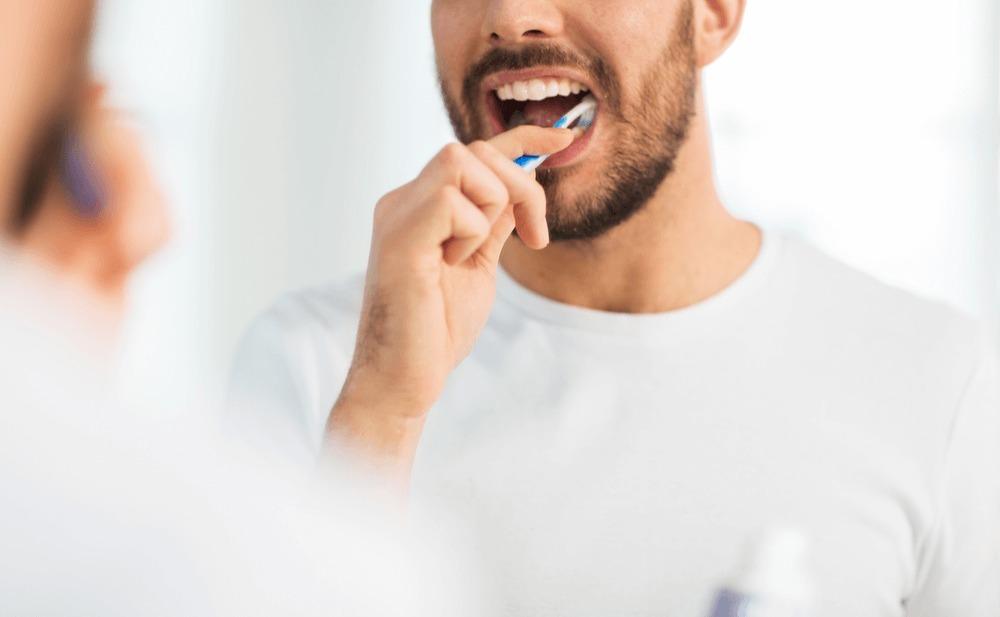
Certain situations require extra care and attention to maintain healthy teeth and gums. Here’s how to adapt your brushing routine to meet specific needs:
Sensitive Teeth
If your teeth are sensitive to hot, cold, or sweet foods, a soft-bristled toothbrush is essential. Use gentle, circular strokes instead of scrubbing aggressively. Desensitizing toothpaste can help reduce discomfort over time by calming nerve endings and strengthening enamel. Avoid whitening toothpastes or harsh abrasives that can worsen sensitivity.
Braces or Invisalign
Orthodontic appliances can trap food and plaque, increasing the risk of cavities and gum inflammation. Brush carefully around brackets, wires, or aligner trays. Interdental brushes or floss threaders can clean between teeth and under wires effectively. For Invisalign, remove the trays before eating, brush your teeth, and clean the trays themselves with a soft brush to prevent bacteria buildup.
Kids
Establishing good brushing habits early is crucial. Make brushing fun to keep children engaged. Use timers, songs, colorful toothbrushes, or small rewards to motivate them. Teach proper technique by showing them slow, circular brushing motions. Supervise young children until they can brush thoroughly on their own, usually around age 7–8.
Elderly or Limited Mobility
Older adults or those with arthritis may struggle with gripping a toothbrush. Electric or battery-powered toothbrushes can make brushing easier and more effective. Ensure they reach all tooth surfaces, and consider floss holders or water flossers to simplify cleaning between teeth.
After Dental Procedures
After procedures like extractions, deep teeth cleanings, or implants, gentle brushing around the treated area is critical to avoid irritation. Your dentist may recommend using a soft brush or rinsing with an antibacterial mouthwash until healing occurs.
Pregnancy
Hormonal changes during pregnancy can increase gum sensitivity and the risk of gingivitis. Use a soft-bristled toothbrush, brush gently, and maintain regular dental visits. Incorporating flossing and mouthwash can help reduce inflammation and plaque buildup.
By tailoring your brushing technique to your specific situation, you can protect your teeth and gums effectively and maintain a healthy smile at every stage of life.
Conclusion
Proper brushing technique is essential for maintaining long-term oral health. By paying attention to how, how often, and with what tools you brush, you can prevent cavities, gum disease, and bad breath. But brushing alone isn’t enough combining it with flossing, mouthwash, a balanced diet, and regular dental check-ups ensures comprehensive care.
Take a moment to review your own brushing habits and make small improvements where needed. Even minor changes, like brushing for the full two minutes, replacing your toothbrush regularly, or using gentle circular motions, can have a major impact over time.
Remember, consistency is key. A well-maintained oral hygiene routine not only protects your teeth and gums but also boosts confidence, freshens breath, and contributes to overall health. Whether you have sensitive teeth, braces, or are caring for children, adapting your technique to your situation makes a meaningful difference. Start today commit to proper brushing, be mindful of mistakes to avoid, and embrace additional habits like flossing and healthy eating. Over time, these efforts will pay off with a stronger, healthier smile that lasts a lifetime. Your teeth are an investment treat them with care, and they’ll take care of you.

